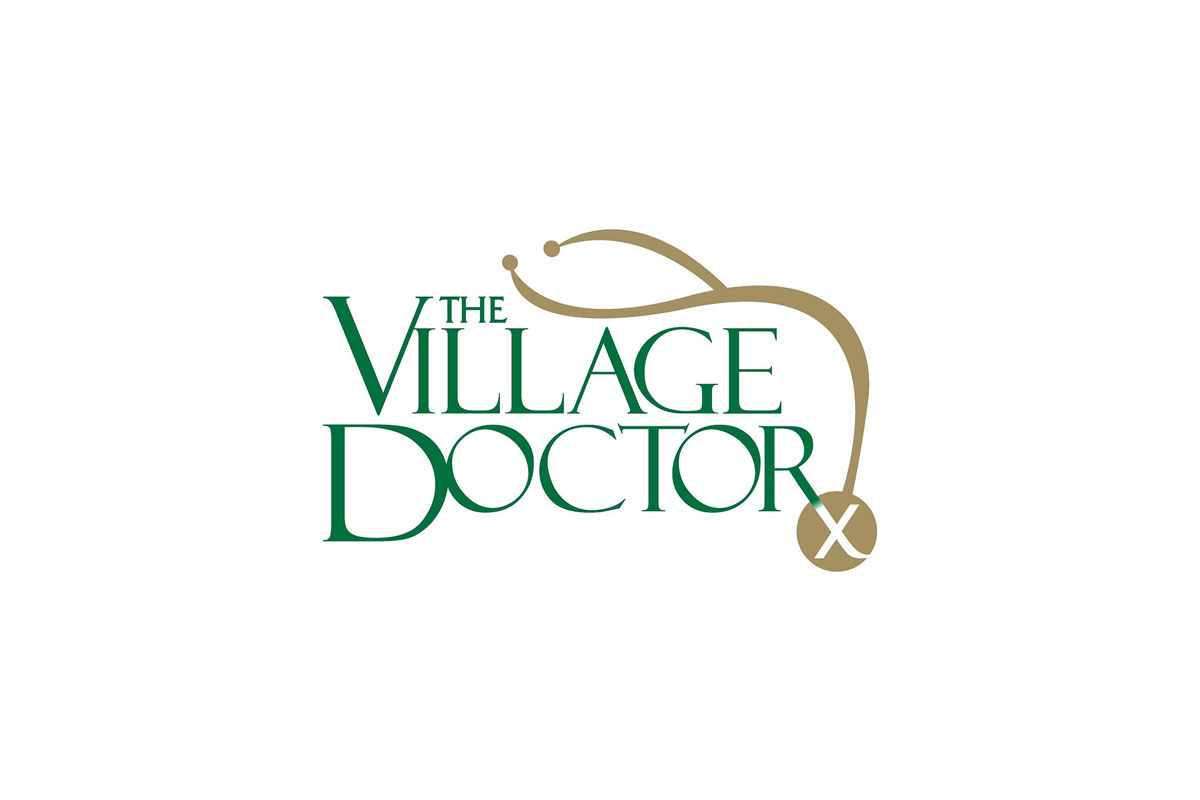How Can We Help?
We have someone who wants to visit this summer (home from college?), help us think about the COVID risk of letting them stay with us.
Summer is traditionally a time where our college kids come home for a summer job, some home cooked meals, and perhaps clean sheets. Visitors this summer require a whole new conversation about “quarantine”, and whether or not someone can simply come home, or needs to “self quarantine” in their room, or in a tent in the backyard. With the increasing availability of coronavirus testing (either for virus directly via PCR nasal swab or for history of exposure by a blood draw for COVID immune response), perhaps these tools can help us make decisions about loved ones and risk.
Note there are risks on both sides of this equation. Is the family at home taking their shelter-in-place very seriously, limiting their trips out of the house and always wearing masks when they do go out? Are there older parents or grandparents in the home who are at higher risk? And then what about the potential visitor? Have they taken shelter-in-place these last weeks seriously? Where are they traveling from? HOW are they getting here, driving by car by themselves (lower risk) versus flying across the country with a couple of stops at different airports (higher risk)?
To help us think about this we recommend dividing the scenarios into three different risk groups:
LOW RISK:
A low risk visitor driving a short distance to stay in a low risk home.
CONSIDER letting the visitor simply move in, no added precautions need to be taken. Their low risk situation simply mixes with the family’s existing low risk situation.
MEDIUM RISK:
A low risk visitor coming to visit a higher risk family (chronically ill or elderly family members at home), or a medium risk visitor (healthy student, but having to fly home) coming to a healthy household (low risk). Or perhaps a visitor who has been a bit casual about their attention to “quarantine” and coming home to a low risk, healthy home.
CONSIDER some amount of self-quarantine before allowing the visitor to mingle with the family, perhaps 7 days? Note there are challenges here, the biggest being that a sizable percentage of COVID patients never develop symptoms. This is especially true of our younger patients such as our college traveler here. This percentage might be 20% or higher. In patients who develop symptoms, only 50% develop symptoms by day 5 after exposure, 75% by day 7, and finally 97% by day 11. Additionally, even if they are going to develop symptoms, viral shedding happens ~2 days before any of these symptoms show up. You can see how a 7 day self-quarantine is still a bit of a compromise.
HIGH RISK:
Examples here are easy: any visitor who has been casual about their quarantine for the previous 14 days coming to visit a high risk family, especially if they are flying home. In this scenario, the traveler should self quarantine for 11 – 14 days.
TESTING?
So what is the role for PCR Nasal Swab testing for coronavirus? We know that COVID patients can shed virus for ~2 days before symptoms, so getting a PCR test for the virus would let you shorten the above suggested self-quarantines by 2 days. Additionally, it would allow you to capture those patients who are never going to develop symptoms, but could develop COVID and be a risk to their family’s household. You can see how easy access to, and rapid turnaround of, testing, is so important.
What about “immunity testing”? Well, here we simply don’t know enough. If your incoming college kid takes the antibodies test and the results are positive for COVID IgG, this would strongly suggest that they have already had COVID-19, and as IgG immunoglobulin levels take at least 14 days to develop they are probably safe to be around. We simply don’t know enough yet to say definitively.
So you can see there are many variables, not the least of which is simply the risk tolerance of the traveler, and more importantly, the traveler’s family household. 14 days of quarantine is safe, but not only hardly perfect (see asymptomatic shedders), but quite impractical. A negative nasal PCR swab would be somewhat reassuring and is a reasonable measure to pursue in either of the Medium Risk or High Risk scenarios described above.
(Eric L. Weiss, MD, May 18, 2020)


